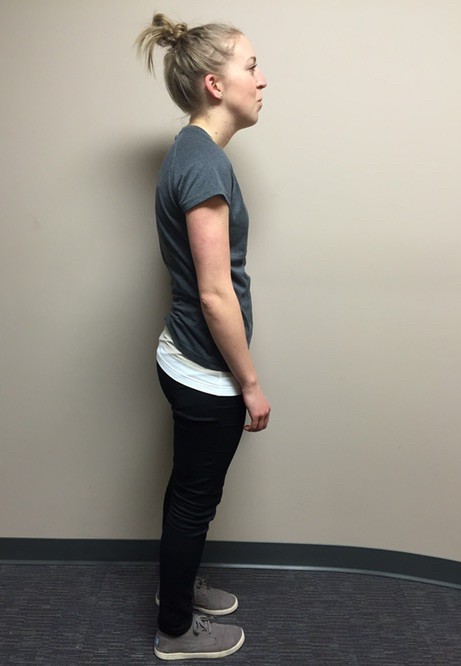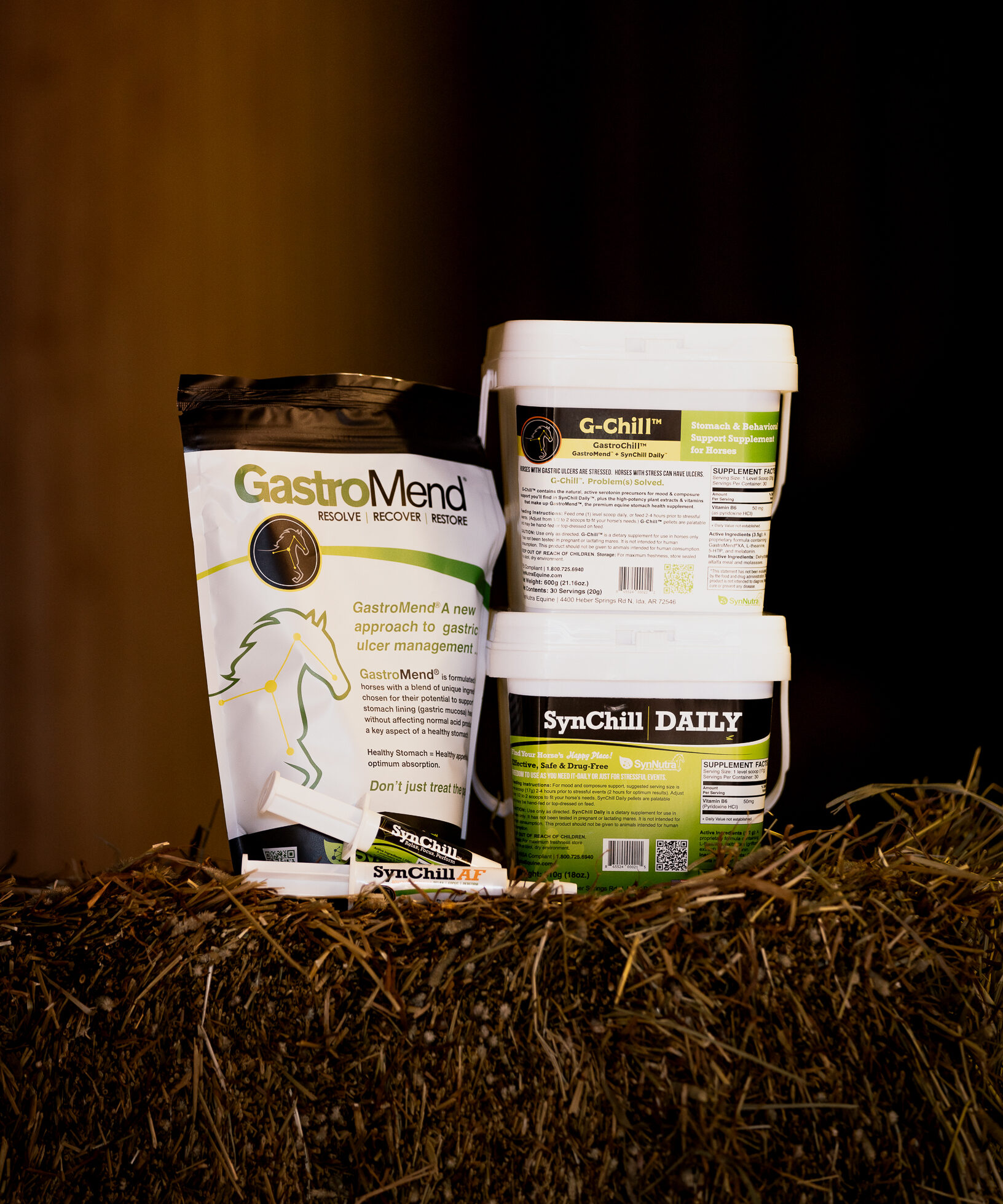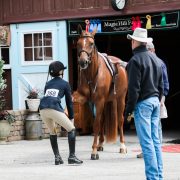Let's Be Straight About How You Sit in the Saddle

Kathlyn Hossack is a Certified Athletic Therapist and Kinesiologist from…
By Kathlyn Hossack, Athletic Therapist/Kinesiologist at Integrative Movement
Posture. Biomechanics. Athleticism. These three things are important to a rider in any discipline. A rider who is functionally strong and balanced will create a strong and balanced horse. As riders, we don’t think of it as science, but strength is a biomechanical process, and correct posture is a requirement for our bodies to move as they were designed.
Why is functional strength important to a rider? To start, you’re on a 1200 lb. (approx.) animal, which in the hunter-jumper world is moving at a fast pace toward large objects. If you don’t have the strength to hold yourself in position while that 1200 lbs. defies gravity for you, good luck sticking in the tack, let alone lasting around a full course.
When building impulsion, asking a young horse to maintain a frame, flowing through a dressage test, or maneuvering over a course, it is much more efficient to patiently resist a horse pulling at your hands than getting into a tug-o-war. A strong, patient rider will be endlessly more effective than one who doesn’t know how to or can’t use the right muscles.
Read This Next: Why Fit Riders Have Position Problems—And How To Fix It
Riding shouldn’t be a power struggle, and developing the strength to effectively use your body in the saddle and develop a functional relationship with a horse will help prevent unnecessary conflict, mistakes and injury. As we develop an awareness of our body and how to use it, the body is able to effectively manage the task at hand.
So how do we build body awareness? The same way you master any other skill: practice. Body awareness comes along with proper posture and biomechanics. Believe it or not, posture and how you move when you’re not in the saddle has a big effect on how you function in the tack and how your horse moves under you.
The first step in improving your ride is to improve your overall biomechanics/movement. The body can be compared to one big chain; if one link is off, everything else has to compensate to maintain function. Biomechanics and posture have an impact not only on your movement, but also on your mindset. Optimal posture and movement in turn allow for higher confidence. And confidence is often the deciding factor between a good rider and a great rider.
If You Enjoy This Story, Don’t Miss: Is Your Lack Of Fitness Hurting Your Horse?
Most of the time we are not conscious of our posture until a coach tells us, “sit up straight,” “shoulders back,” or “heels down.” Even then, that’s only in the tack. How can we be expected to maintain position in the saddle if our position in daily life isn’t also ideal? Below you’ll see two pictures. The first demonstrates some common postural misalignments.

The pelvis is rolled forward, the thighs are rotated inward, the shoulders are too forward and the head is too far in front of the body. There are many reasons why these things become habits; muscle imbalances or weaknesses, compensations from injuries, or chronic pain are among the most common. If you imagine a line drawn straight down the center, the ear, shoulder, hip, knee and ankle should all line up – as you’ll see in the second picture.

Riding is a demanding sport for both the mind and the body. In order for it to be fun too, we need to focus on training ourselves as much as we do our horses. Improving the basics of posture is the first step to improving how we move and perform.
What's Your Reaction?
Kathlyn Hossack is a Certified Athletic Therapist and Kinesiologist from Winnipeg, Manitoba dedicated to helping riders improve their movement.



